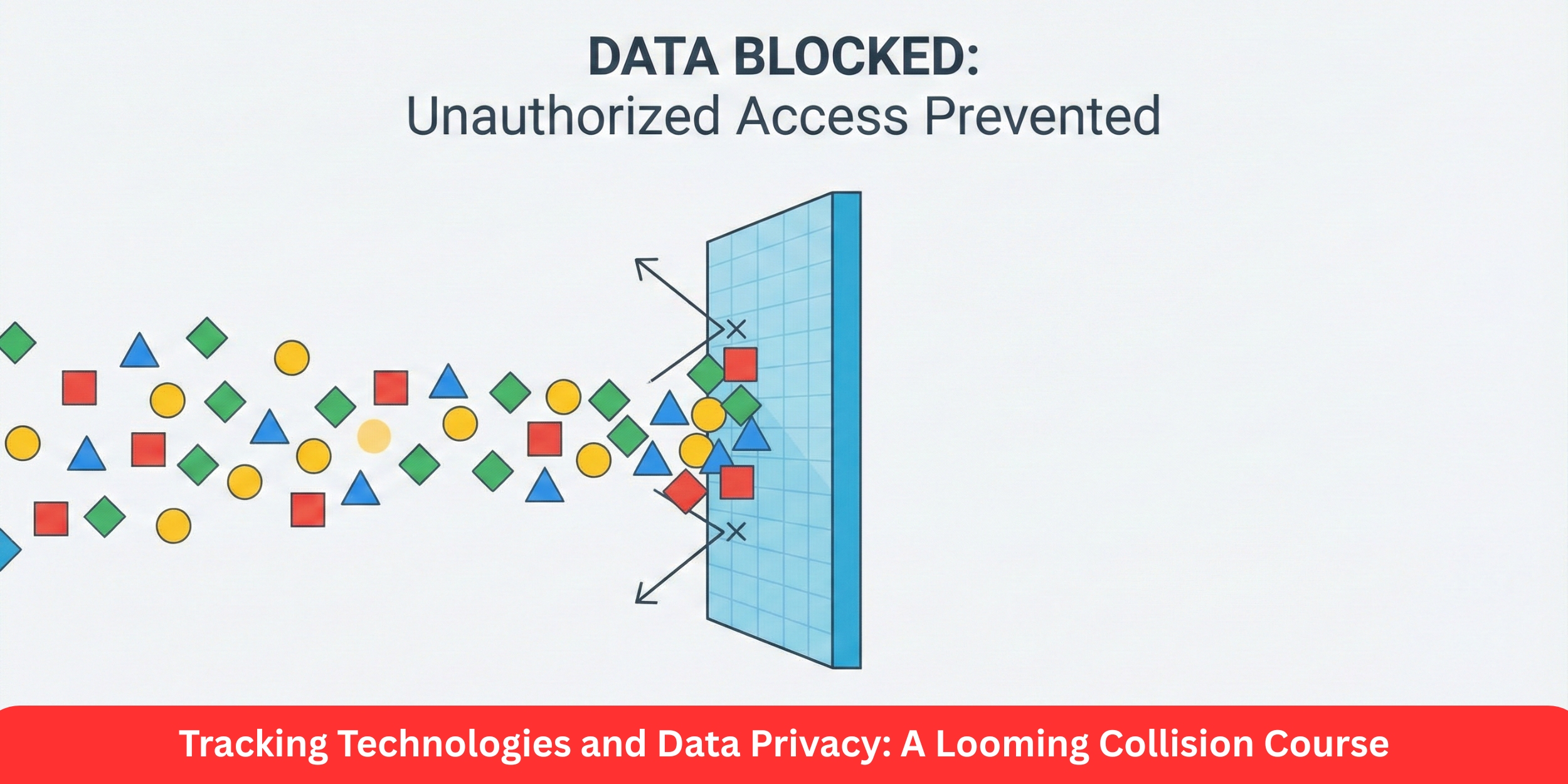
Introduction
Here’s the truth up front: businesses that thrive don’t rely on guesswork. They follow essential marketing strategies built on strategic planning, tested tactics, and current trends. If you’re an entrepreneur or small business owner in the US, this article gives you exactly that clear moves you can apply today to get measurable results.
Too many owners fall into the same trap: chasing every shiny new tactic without a plan. The result? Wasted money, scattered efforts, and zero growth. This guide flips that script. You’ll see how the right strategies, grounded in practical planning and guided by market shifts, can fuel your sales pipeline, increase visibility, and strengthen your brand.
By the end, you’ll walk away with a framework you can adapt to your business without drowning in jargon or hype.
Why Strategy Beats Guesswork Every Time
Marketing without a roadmap is like driving without GPS you may keep moving, but you won’t know if you’re heading in the right direction. Strategic planning gives you clarity on goals, audiences, and execution. When paired with the right tools and timely trends, it creates a system that not only attracts customers but also keeps them loyal.
For small businesses, this matters even more. Limited resources mean every dollar and hour must count. Instead of spraying ads everywhere, smart strategies focus on where your customers actually spend attention.
1. Customer-Centric Strategic Planning
Before you post, publish, or promote, you need to know who you’re talking to.
Define target personas: What problems do they face? What motivates them to buy?
Map the buyer journey: From awareness to purchase, what touchpoints shape their decision?
Prioritize pain points: If you solve the right problem, your message cuts through.
Example: A local bakery with limited ad budget focused its efforts on targeting young professionals who craved quick but healthy breakfast options. With ads tailored to that audience, conversions doubled within months.
Takeaway: The sharper your strategic planning, the more efficient your campaigns become.
2. Content Marketing as a Growth Engine
Content still drives digital marketing it educates, builds trust, and nudges prospects closer to purchase. But dumping random blog posts won’t cut it.
Strategies that work:
Long-form educational guides (like this one) attract search traffic.
Video explainers create personal connections.
Case studies show proof, not promises.
Trends to note: Short-form video continues to dominate, but niche blogs optimized for SEO are regaining traction as businesses fight for organic visibility.
Tip: Repurpose one piece of content across channels. A blog becomes a LinkedIn post, then a video script, then a newsletter segment.
3. Search Engine Optimization (SEO)
If your audience can’t find you, your marketing is invisible. SEO remains one of the most cost-effective strategies for US small businesses.
Steps to build strong SEO:
Use keyword research to align content with search demand.
Optimize technical elements like page speed and mobile experience.
Build backlinks by creating valuable, shareable resources.
Trend watch: Google is prioritizing experience-driven content. Businesses that show firsthand expertise rank higher than those rehashing generic advice.
4. Social Media with Purpose
Social media is not about posting everything, everywhere. It’s about showing up where your audience spends time and serving them well.
Strategic planning here means:
Choosing 1–2 core platforms rather than spreading thin.
Creating content that balances education, entertainment, and promotion.
Using analytics to double down on what performs.
Trends to follow:
Authentic, behind-the-scenes content outperforms polished, staged posts.
Community-driven strategies Facebook groups, LinkedIn communities are growing in influence.
5. Paid Advertising that Pays Off
Done right, ads accelerate growth. Done wrong, they drain budgets.
Proven strategies include:
Start small with retargeting ads to re-engage site visitors.
Test creatives with low spend before scaling.
Focus on measurable ROI, not vanity metrics.
Trend insight: AI-powered ad platforms are making targeting smarter but also more competitive. Clear audience data remains your strongest advantage.
6. Email Marketing: The Unsung Hero
Despite endless predictions of its death, email delivers some of the highest returns.
Why it works:
You own the channel no algorithm interference.
Segmentation lets you tailor messages for maximum impact.
Automation saves time while nurturing leads consistently.
Strategic planning tip: Build your list through lead magnets guides, discounts, exclusive content. Then deliver value before selling.
7. Influencer and Partnership Marketing
Influencers aren’t just celebrities. Micro-influencers with smaller, engaged followings often outperform big names for small businesses.
Strategies worth testing:
Partner with local creators for authenticity.
Offer product swaps or collaborations instead of just paid deals.
Track engagement metrics, not just likes.
Trend shift: Audiences trust relatable figures over picture-perfect endorsements.
8. Data-Driven Decision Making
Numbers don’t lie, but they only help if you measure the right ones.
Key metrics for entrepreneurs:
Customer acquisition cost (CAC)
Lifetime value (LTV)
Conversion rates
Strategic planning element: Build a simple dashboard to track progress weekly. This prevents “throwing money at what feels right” and ensures strategies adapt to real results.
9. Adapting to Emerging Trends
The marketing landscape never sits still. Ignoring trends is like ignoring traffic rules you’ll get left behind.
Current shifts include:
Rise of AI-driven personalization
Voice search optimization
Sustainability-driven consumer choices
Tip: You don’t need to chase every wave. Pick the one or two trends most relevant to your audience and integrate them with purpose.
10. Building Brand Trust and Authority
In saturated markets, trust decides who wins.
Strategic ways to build authority:
Publish thought leadership articles on platforms like LinkedIn.
Collect and showcase reviews or testimonials.
Stay consistent in voice, visuals, and values.
Trend insight: Transparency matters more than ever. Businesses that openly share processes, values, or even mistakes often gain stronger loyalty.
Pulling It Together: A Simple Framework
When in doubt, use this three-step process:
Plan with precision – Nail your audience, goals, and messaging.
Execute with focus – Choose 2–3 core strategies that align with your capacity.
Adapt with awareness – Monitor results and update according to trends.
Conclusion
Small businesses don’t need to do everything. They need to do the right things—guided by strategic planning, focused strategies, and an eye on relevant trends. That’s how you turn limited budgets into meaningful growth and marketing noise into measurable results.
Start with one move from this guide. Test it, measure it, and scale what works. That’s how sustainable marketing momentum is built.





